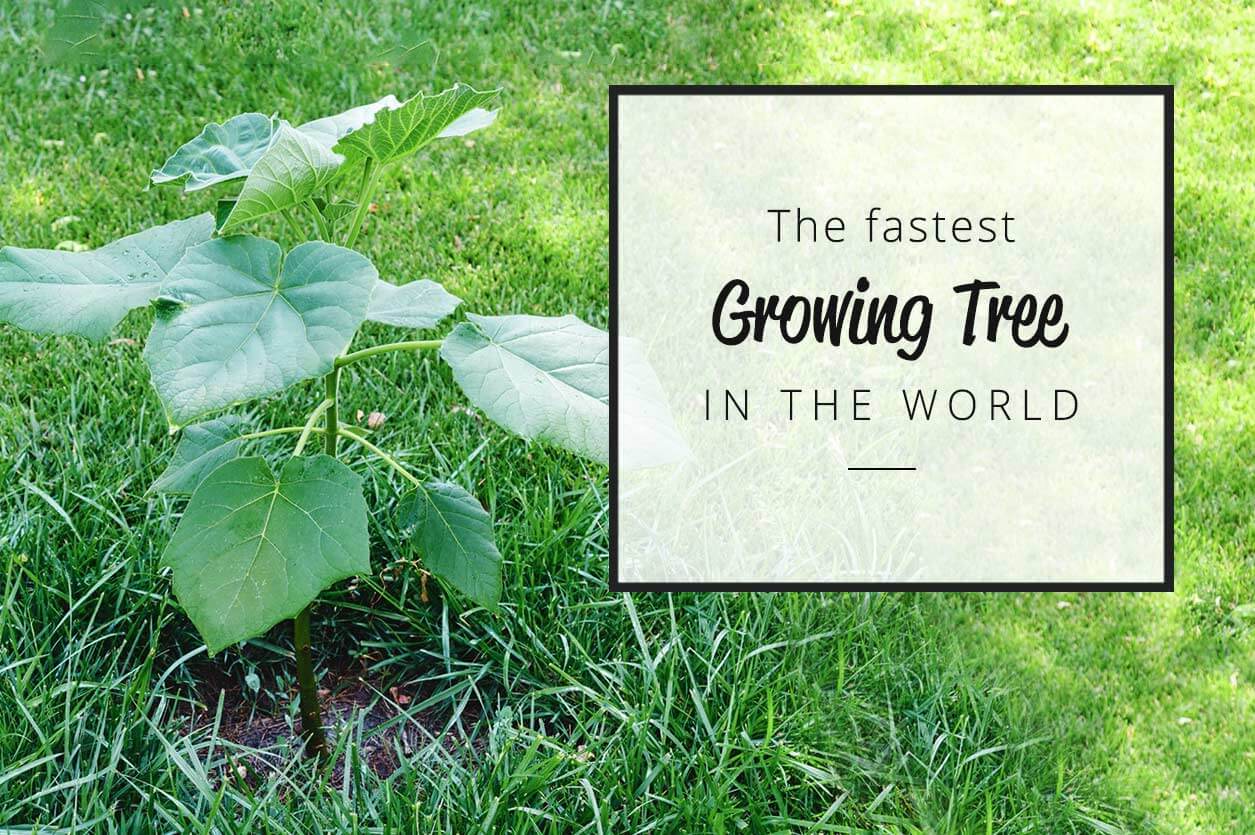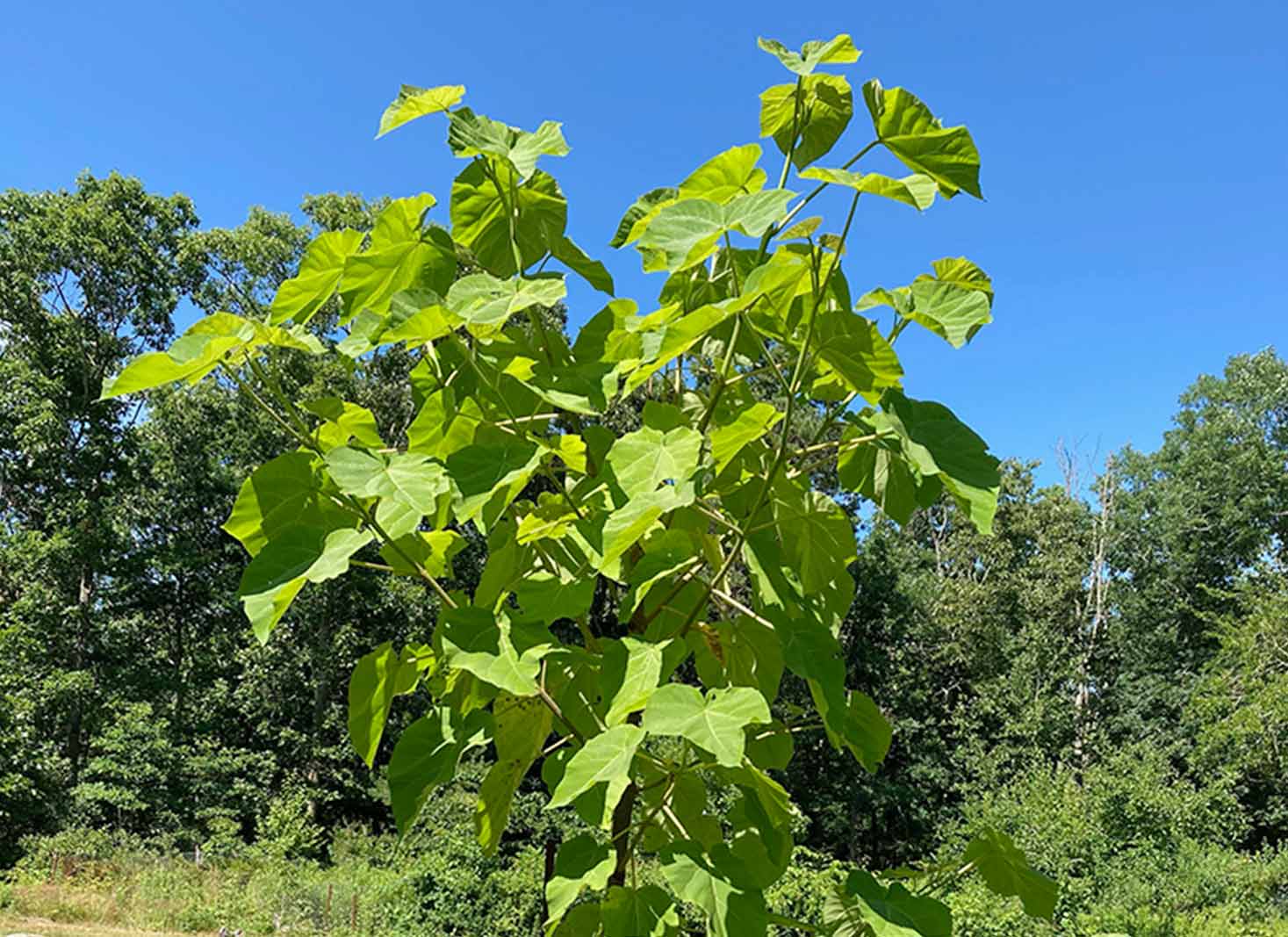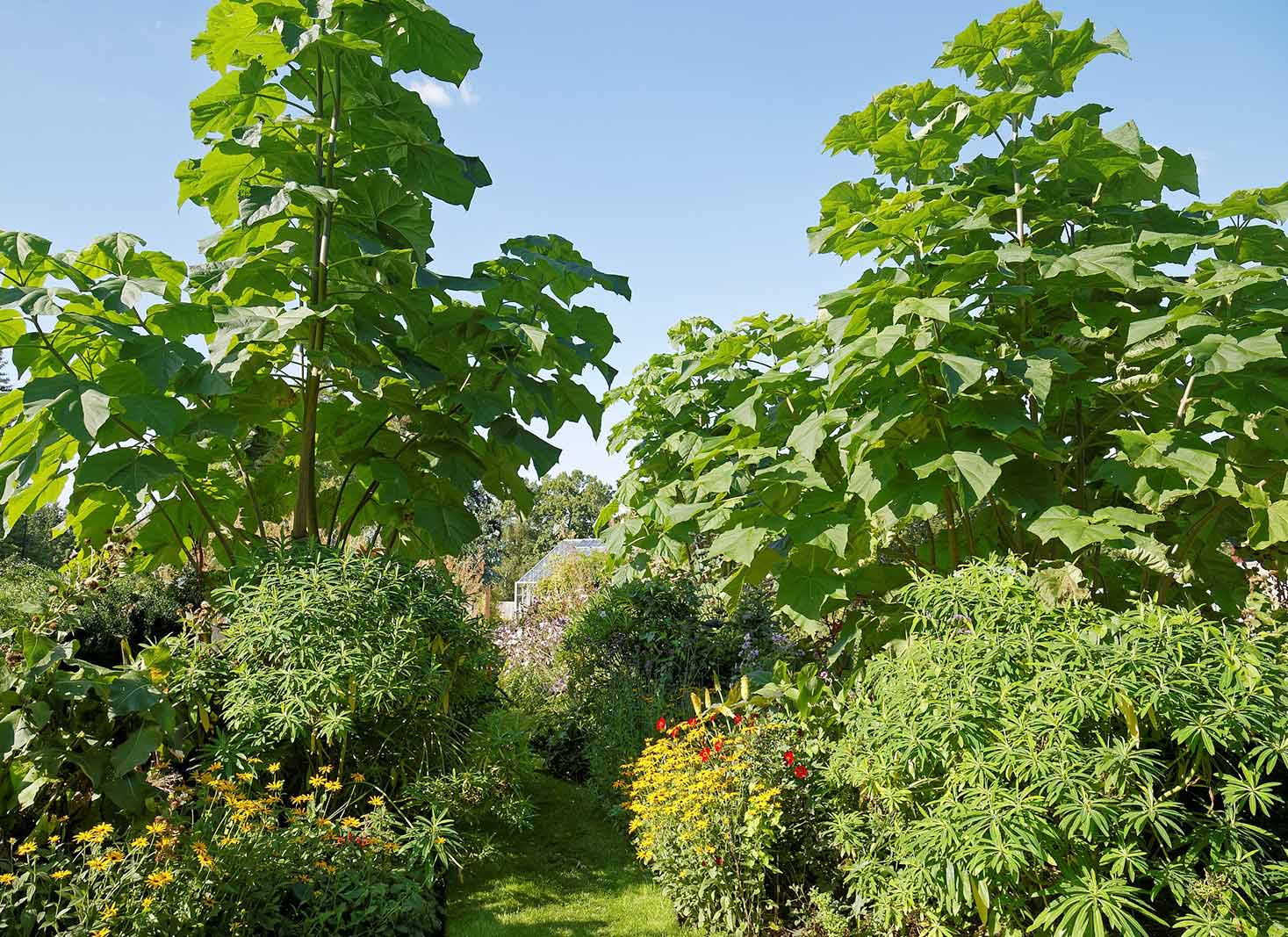While trees are a familiar sight to everyone, the intricate details of their growth patterns and distinct biological characteristics remain largely undiscovered. The interconnectedness of all tree components is notably complex, particularly in terms of their photosynthetic abilities. The rate at which trees grow varies across different species, yet there exists one particular tree that outpaces the rest in growth speed!
The Empress Splendor, also known by its botanical names “Paulownia fortunei and P. elongata,” is the fastest-growing tree in the world. In its first year, it can grow from 3 to 6 meters (10–20 feet). This tree has beautiful purple flowers in the spring. In addition to its beauty, it stands out for its speed of growth and reaches maturity in 10 years.
Read on to learn more about this tree.

What we cover
ToggleHistory of the empress tree
There are ten species of this tree. All of them originate from China, where they have been grown for more than 30 years.
In China, this tree is sacred, they even call it the golden tree because it is believed that by selling it, you can afford pretty much anything you want. Paulownia once originated from North America, leaf fossils that have been found are older than 40 thousand years and were identified in Washington.
We will mention the most popular types of this tree, including Paulownia elongata, tomentosa, and fortunei.
Features of the Empress tree
- The Empress Splendor tree is the fastest-growing in the world and can reach its maturity in 10 years.
- It has the highest strength-to-weight ratio compared to other commercial wood.
- The tree regenerates without replanting, providing ongoing income through several harvests.
- The tree can grow on marginal land and can be used to restore the soil.
- It has beautiful purple flowers that attract honey bees and help in pollination.
- It has nitrogen-fixing leaves that naturally fertilize and replenish the soil’s nutrients.
Species of the Empress tree?

1. Paulownia tomentosa
The first species we will talk about is Paulownia tomentosa. This fast-growing species can reach a height of 4 meters in just one year. It is very durable and can withstand very high temperatures that even exceed 40 degrees Celsius, but the temperature of 27 degrees Celsius suits it best for growth and progress.
It is very resistant to urban pollution and diseases, so if you decide to plant it, it will make your yard more aesthetically attractive, but it will also provide you with a shade that you can enjoy in the summer.
2. Paulownia elongata
The next type is Paulownia elongata. In addition to the mentioned fast growth and height, this tree is characterized by its beauty and can be easily recognized by its purple luxurious flowers. At maturity, they reach a height of 4–6 meters.
3. Paulownia fortunei
Lastly, we have Paulownia fortunei whose external appearance is also specific, the fruits appear during the summer months of July and August, the leaves are star-shaped, and the twigs are thick and light brown, these species you have likely seen before.
Pros of planting an Empress tree
If you wish to plant this tree, it is important that you know its pros and good features.
Decorative purposes
In countries like China and Japan, the use of Paulownia species for decorative purposes is traditional. The tree has a beautiful and rich crown with decorative flowers and rich roots, so it is impossible not to notice it.
Industrial use
As far as industrial use is concerned, the wood is extremely resistant, withstands all types of processing, and does not twist, break, or deform. The wood dries very quickly in the air and leaves a small moisture percentage of 10 to 12 percent.
Ecological balance
The species is of great importance for the ecological balance in the country where it is grown, and for biological diversity as well for the economy because it offers raw material of an excellent quality that is highly valued on the world market. The tree is so valuable that a few cases of theft have been recorded of course while the tree is still very young.
Cons of planting an Empress tree
- Planting and breeding should be approached very seriously and with caution. The Empress tree has many species that many do not know about.
- Some species can be very invasive and unsuitable for every soil and state. It is considered that the tomentose species is one of the invasive ones, and when it finds suitable soil, it starts to multiply uncontrollably.
- The land it grows is so exhausted that the further growth of other plants in the following years is completely impossible.
How to care for an Empress tree?
Empress trees are actually very easy to grow. You will need to plant them in fertile, humus-rich soil and give them water that is fully adequate for their needs, especially if you are growing and intending to sell their precious wood.
The soil should be more acidic than alkaline and preferably moist sandy loam. Partial light shade will be good for this tree, but it thrives in the sun, and needs at least 6 hours a day, for most of its beautiful flower buds to fully bloom. It requires regular watering, especially after it is planted and in its first years of life.
After the root develops and reaches full size, the need for frequent watering decreases. It is best to provide adequate irrigation in the place where you planted this tree.
Weeds can be a danger and should be adequately treated with the help of herbicides, while leafy weeds should be pulled by hand, in order not to affect the life and development of the tree. But “worldtree”1 says that no species of Paulownia are listed as being invasive in China, Latin America, or the European Union, all areas where the trees are grown extensively in controlled plantation environments and ornamentally in garden environments.
Ecosystem benefits
There are many benefits according to “worldtree”2, some of the most important are that the leaves of the Empress tree contain 20 percent protein and are an excellent source of food for the animal world. Because the leaves contain a large amount of protein, sugar, and fat, they can make an excellent base for green fertilizer.
The blossoms of the Empress Splendor tree are highly “faveolata” creating a highly important source of nectar for cross-pollinate insects as well as honeybees. It is estimated that one acre of Empress Splendor tree blossoms can generate enough nectar to produce a hundred jars of honey per year. Without effective pollination services, one-third of global agriculture would not be possible.
The Empress Splendor, therefore, has a major role to play in sustaining healthy agricultural systems, for the most part when planted with or close to other flowering crops such as coffee.
With all its faults and virtues, the Empress tree is certainly special and worthy of mention, although it is best known for its fast growth, it has a large number of qualities and is an important factor for the maintenance of the ecosystem.

- World Tree, (2021) Empress Splendor trees and Invasiveness. <https://worldtree.eco/paulownia-and-invasiveness/> Accessed: 18-03-2024
- Wordl Tree, (2021) Meet the Empress Splendor. <https://worldtree.eco/empress-tree/> Accessed: 18-03-2024



